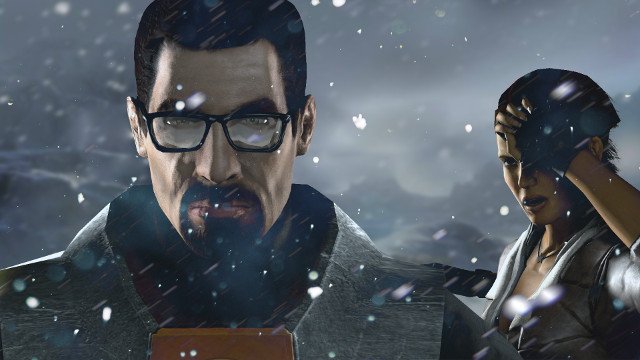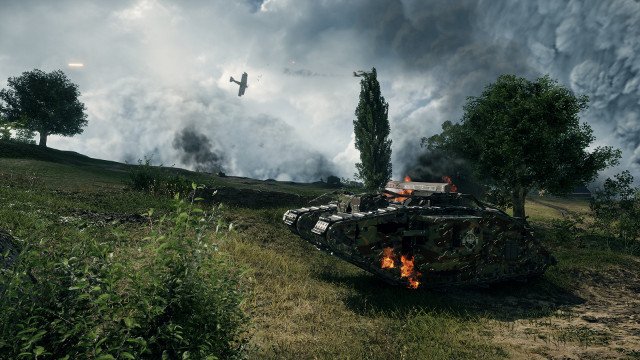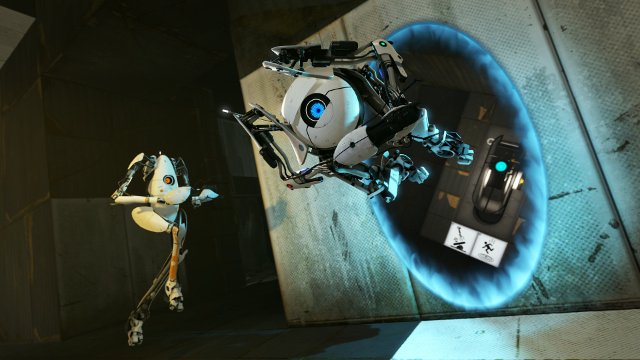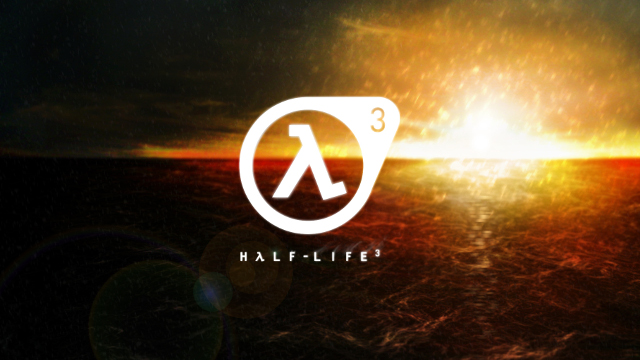For its first time in over a year, Valve showed off an announcement trailer yesterday for a game it’s been working on. The room full of Dota 2 International attendees was dead silent as the trailer played through, displaying imagery that for many was mistaken as being Half-Life 3 related.
As it turned out, that game was Artifact, an upcoming Dota 2 collectible card game. It certainly not what many gamers were hoping for, spurring discussion across social media and forums after a gasp of boos drowned out the auditorium.
The announcement served as yet another reason to talk about Half-Life 3, once again questioning if it’ll ever exist. As dire of a situation as this has become, you shouldn’t give up hope, and here’s why.
There’s Money to Be Made

The gaming industry has grown tremendously since the launch of Half-Life and Half-Life 2. In 1998 the industry generated $30 billion worldwide, in 2004 it accounted for $44.88 billion, while in 2016 it more than doubled that with a whopping $91 billion, becoming even larger than the film industry. This year it’s on-pace to break $100 billion, which would be a massive milestone for the entertainment market.
Some argue that Valve has been distracted by the financial reward of digital distribution, but there’s undoubtedly a huge amount of money to be made by a new Half-Life game, especially if it’s multiplatform. There are simply more people who are interested in video games, and have the hardware to enjoy them, than ever before.
In addition to this, the hype for Half-Life 3 has grown to uncontrollable levels. There is no other game that gets the attention that the mystical Half-Life 3 does, no matter how little evidence there is that Valve has even attempted to begin development of the title. Even if, hypothetically speaking, Half-Life 3 were to release and be a disappointment, the number of pre-orders and general attention would secure a financial victory. Unless the game were to be more expensive than Grand Theft Auto V ($265~ million) to create, it’s not much of a financial risk for Valve.
Valve Is Expanding

When I visited Valve’s headquarters earlier in the year, I noticed a few things. For one, its residence is a beautiful place that makes you feel like you’re in the Half-Life universe despite being in a work environment. Additionally, I noticed that there wasn’t much room to add more desks.
Next month (September 2017), Valve will be moving its headquarters. While it’ll only be a few blocks from its current residence at the Skyline Tower in Bellevue, Washington, the new location will be significantly larger.
Valve’s new office will be in new Lincoln Square Expansion (pictured above), with 225,000 square feet of space. This is roughly 100,000 more square feet than its current location, or 1.8 times the size. With this, Valve can employ hundreds of more people (it currently employs around 400~ people), who could realistically work on larger-scale projects. In PC gaming terms, Valve will no longer be bottlenecked.
The Gaming Industry Has Advanced

One commonly argued reason for Half-Life 3‘s absence from recent releases is that there isn’t enough new potential to be tapped into. Half-Life is a series that is always ahead of its time, not only in terms of gameplay, but scale and presentation.
On this note, people may be underestimating how far technology has come in the past 13 years.
Back when Half-Life 2 released in 2004, high-end graphics cards such as the NVIDIA GeForce 6800 were capable of roughly 50 to 58 GFLOPS of computational power. Today, you can pick up a GTX 1070 for less money, and end up with a 6.5 TFLOPS card that’s more than 11,000% more powerful. This presents incredible opportunity to realize the world of Half-Life in an immersive manner.
In addition, motion capture, cloud computing, HDR, and Steam community features have evolved tremendously over time, providing plenty of new toys for Valve to tinker with. There’s also virtual reality, which doesn’t necessarily have to be a mandatory feature, and could realistically help push HTC Vive hardware.
Portal 2 Was a Hit

Portal 2 was probably the closest thing we’ve gotten to a Half-Life 2 sequel since 2004. Not only did it have a great story that could be enjoyed in single-player, but it experimented with physics and game design in a way that is iconic of Valve.
More than 10 million people own Portal 2 on PC alone, and that figure’s been more than doubled thanks to console releases. The game made Valve a ton of money, in addition to new fans that previously had little to no experience with the company.
While it released six years ago, it demonstrated to Valve that it’s still able to deliver massive single-player hits that are financially advantageous, and when it comes to a big company like Valve, that’s an important consideration.
A Game of Patience
Valve is a company with many intelligent employees, so there have undoubtedly been meetings about how many fans have been disappointed recently, primarily with support of games like Counter-Strike: Global Offensive and Team Fortress 2, as well as the lack of single-player releases (even Left 4 Dead 3 would be a good start) during the past six years.
This will unquestionably change, so it’s more a matter of how much longer gamers are going to have to wait. Valve isn’t necessarily all that large of a company, particularly when compared to the Ubisoft’s, EA’s, and Square Enix’s of the world, but when it releases something it means business. Once it moves into the new space next month it’d be awfully surprising if it doesn’t push forward development of key projects that have been in discussion for a while. From there, it’s just matter of time and patience.







